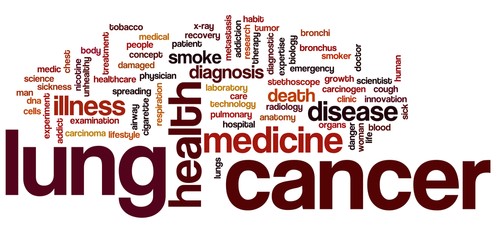Lung disorders are major cause of mortality and mortality in the 21st century, with COPD, Lower Respiratory Tract Infections and Lung Cancers causing 7.8 million deaths in 2012 according to WHO figures. Lung cancer has surpassed breast cancer for causing the most number of deaths even in females in the western countries. Therefore lung diseases deserve a special mention in any health related debates and discussion.
A special note must be made about the role of air pollution in the causation of lung diseases along with many other illnesses in humans, as the world meets together in Paris for discussing climate changes. Outdoor air pollution has caused 3.7 million premature deaths in 2012 alone and nearly 88% of theses premature deaths occurred in the low and middle income countries. Three billion people are at risk for acquiring serious health hazards from cooking with biomass fuel and coal.
Lungs are vital organs, which, in conjunction with the heart, ensure appropriate oxygen delivery to the tissues and in getting rid of toxic carbon dioxide. However, because of the vast amount of exposure to organic and inorganic substances through the inhaled air, lungs are equally prone to a wide array of acute and chronic disease processes that can impair the person’s ability to carry out normal activities and as mentioned previously, this can result in premature deaths.
These disease processes can impact on various parts of the lungs – from the upper airways right down to the air diffusing structures called alveoli. Depending upon the structures involved, the symptoms and outcomes could be different. For example, when asthma affects the airways, lung fibrosis affects alveoli and surrounding structures.
There have been significant and exciting advances in the lung diseases in the last decade that we would discuss and we hope that some of our multimedia files will help the viewers understand the modes in which some of the new diagnostic technologies work.
